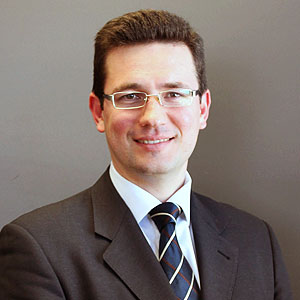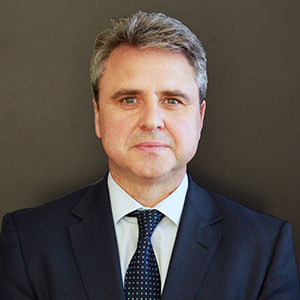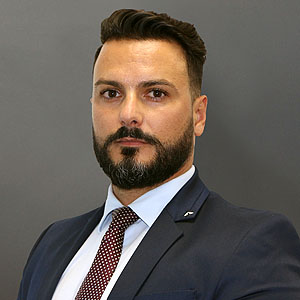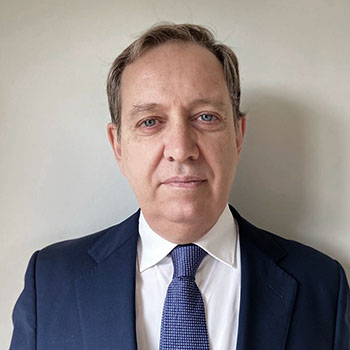Airport planning and design
Expert knowledge of airport processes is essential for the design and development of customised solutions.
AERTEC stands out in the development of engineering services that are directly related to airport infrastructures. Among these services, the following stand out:
Studies and plans:
-
Airport planning studies:
These studies include masterplans and technical feasibility studies on existing or newly airports. -
Aeronautical safety studies:
These analyse any obstacles which may possibly affect aviation, operational and radioelectric easements at airports. Flight procedures are analysed in order to determine whether the safety and regularity of operations may be affected. -
Flight procedure design and airspace studies:
For both new airports and airports intending to develop their infrastructures. -
Operational safety surveillance plans at airport works:
Its extensive experience in phasing works and its knowledge about day-to-day airport operations and applicable legislation allow AERTEC to draw up these plans for airport works contractors. -
Capacity studies and aircraft and/or passenger flow simulation:
These form part of planning or design projects. They mainly use specialised software and benchmarking studies on similar airports, along with a critical analysis based on AERTEC’s extensive experience.
-
Integrated noise models (INM):
These models determine existing and/or foreseeable noise footprints by taking into account several factors, including traffic volumes, the aircraft mix, flight procedures, timetables and the terrain’s relief. -
Airport certification:
AERTEC has extensive experience in providing advice to airports on how to prepare for and pass certification processes, including the process o implementing an operational safety management system (SMS). -
Integrated works management at airport infrastructures:
Within this discipline, we are committed to a global solution, and to offering our clients an Integrated Works Management (IWM) Service. Its main aim is to manage, organise and optimise the resources involved in construction processes to ensure a top-quality infrastructure is attained that meets the functionality, cost, timescale and quality requirements of our end clients. It should be noted that all the IWM Service’s procedures are integrated in the Quality, Environmental and Occupational Health & Safety Plan AERTEC has implemented, which has been certified according to the UNE-EN-ISO 9001, UNE-EN-ISO-14001 and OHSAS 18001 standards.

Airfields
-
Preliminary, basic and construction project design for airfields:
AERTEC has well-trained human capital comprised of aeronautical, civil, electrical and telecommunications engineers with the technical know-how and experience needed to design airfields. -
Design of aircraft parking aprons and their associated systems:
AERTEC specialises in the design of aircraft parking aprons and their associated systems. The design of the following elements is related to these infrastructures: paving, horizontal markers, ground lighting and special systems, such as visual docking guidance systems (VDGS), pre-conditioned air (PCA) units and ground power units (GPU), as well as apron lighting design and the design of service areas, roadways, etc. -
Heliport and helipad design and administrative handling:
AERTEC has a team of aeronautical specialists with experience in the design and planning of heliports and helipads, which provides integrated solutions to private and public clients for all kinds of activities medical emergencies, firefighting, maintenance, passenger transport, etc.).
-
Visual aid design:
ground lighting and signaling: Airfield ground lighting (AGL) is essential to ensure the safety of airport operations. AERTEC's aeronautical and electrical engineers who have specialised in AGL know the international standards which apply and oer advice and engineering services for all kinds of lighting (non-precision approach runways and CAT I, II or III precision approach runways). Their experience not only covers traditional systems like standard tungsten lamps, but also advanced systems using LED and solar-powered solutions, and even state-of-the-art systems in this area like A-SMGCS or alternative AGL power supply solutions. -
Navaid design
radio equipment: The effects of obstacles on NavAids and their ideal location are studied, as are operational constraints resulting from any critical and sensitive areas defined. AERTEC also conducts studies and draws up strategies for the supply of new equipment, ranging from when the decision is taken on the type of equipment needed and its placement to managing its delivery and installation.
Airport infrastructures:
AERTEC has a team of multidisciplinary engineers with experience in the design and simulation of airport infrastructures for industrial aeronautical use (hangars, cargo terminals, etc.), operational use (RFFS buildings, power plants, etc.) and logistical use (workshops, depots, multifunctional warehouses, etc.). AERTEC Solutions deals with everything from the size of the facilities (based on the needs expressed by the client), to the layout of the work stations, the specific equipment, and the definition of the preliminary processes.
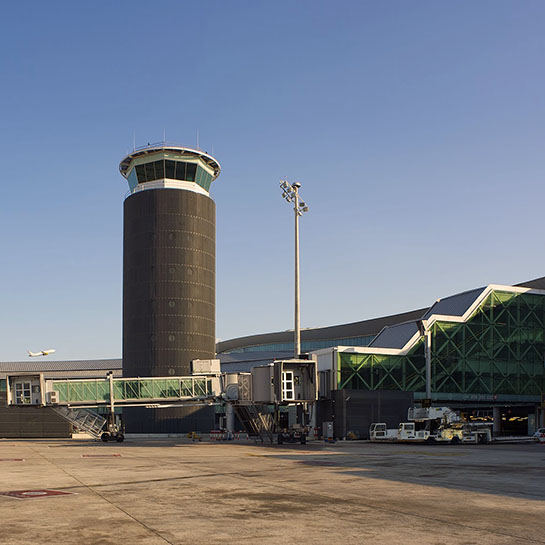
Control towers
A control tower is still a building. However, a control tower’s conditions of use add another special dimension to the features it shares with other buildings. As an aeronautical engineering firm specialised in airport infrastructures, AERTEC is also an expert in the design of buildings as distinctly aeronautical as control towers. We have a large multidisciplinary group of professionals in engineering, architecture and other disciplines, which allows us to undertake this type of design with great efficiency.
Our capacity and experience allow us to act as consultants and principal engineers in the complete design of control towers. We can cover everything from its initial planning, the establishment of its optimal location and height, equipment needs and its adaptation to international standards right up to its detailed design, which includes the architectural concept and basic design.
Terminal areas
- Preliminary, basic and construction project design
- Passenger terminal design, including shopping areas and spaces
- Cargo terminal design
- VIP terminal design: general aviation and corporate aviation
- Design of access routes, urbanisation and car parks (intermodality)
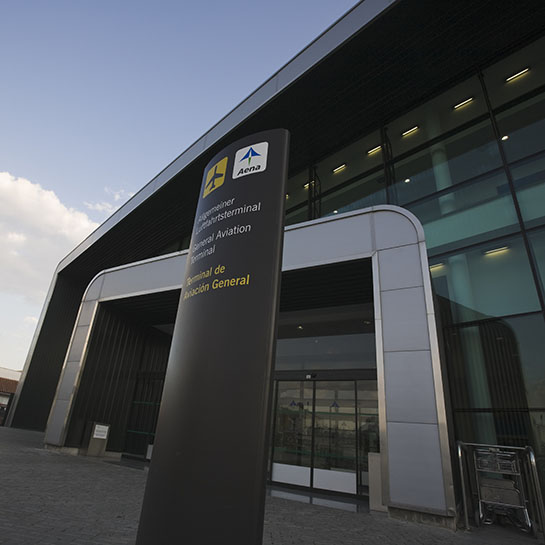
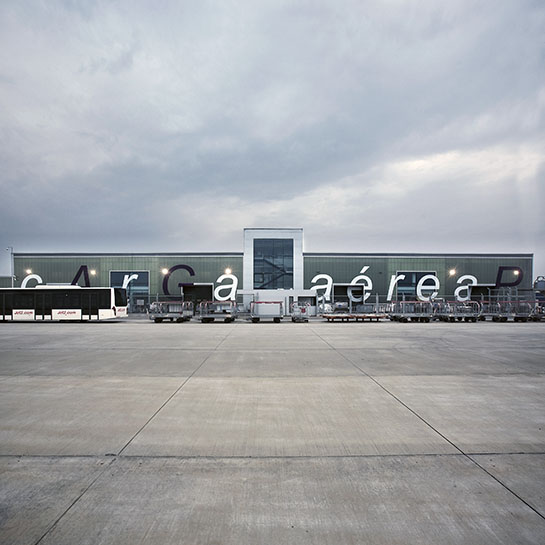
Ancillary buildings
- Preliminary, basic and construction project design
- Electricity grid and substation design
- Emission centre design
- Rescue and fire extinction building design
- Hangar and MRO design
- Fuel plant and distribution system design
- Multiservice industrial building design: security, airlines, catering, etc.

